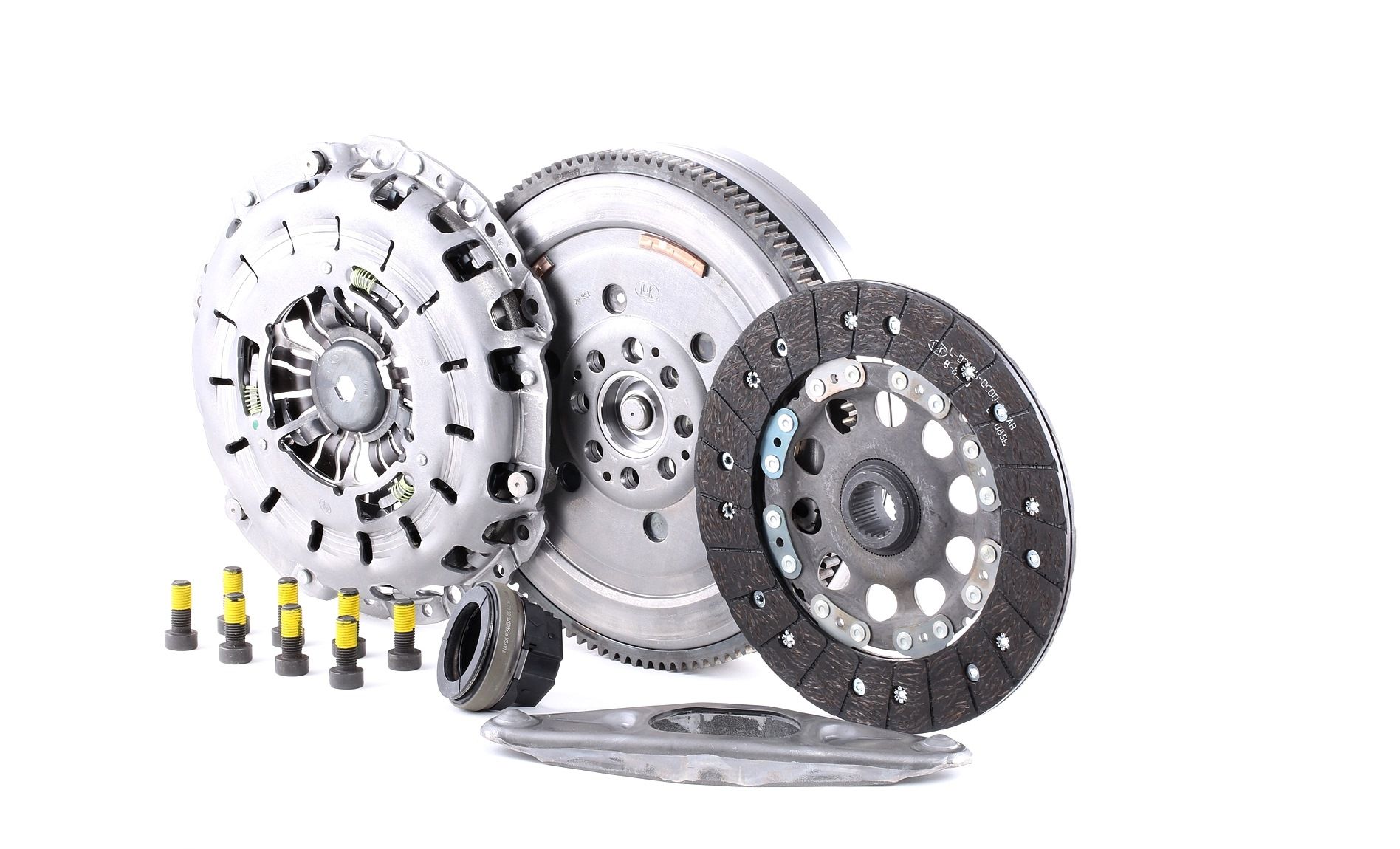Table of content
Clutch change: Instructions, replacement schedule, and cost guide
Clutch replacement is an important maintenance task for manual transmission vehicles. You will get the best performance and longevity from your vehicle if your car clutch parts is in good condition. Knowing when and how to replace the clutch, as well as what to expect in terms of costs, will help you avoid unexpected breakdowns and maintain smooth driving.
Step-by-step clutch replacement
To replace your clutch, you will have to remove the gearbox, replace the clutch kit, refit the clutch kit and take your car for a test drive to make sure everything is working properly. Here is a step-by-step guide to help you do this correctly.

Park and secure the car
- Raise the front of the car using a jack and secure it on stands.
Prepare the transaxle
- Unhook the clutch and battery cables. Disconnect electrical connections, and speedometer cable, and remove the starter motor.
Unbolt the engine mount
- Remove bolts connecting the bell housing to the engine. Remove the transaxle, drive axle, and prop shaft. Clean and inspect the flywheel.
Replace the clutch
- Clean components, install new car flywheel and clutch disc using an alignment tool, and bolt on the pressure plate.
Reattach the transaxle
- Refit the transmission, connect the release bearing, and secure all bolts and connections.
Lower the car
- Slowly release the jack, reconnect the battery, test the clutch and take your car for a test drive to make sure everything is working properly.
Clutch kit replacement
When replacing the clutch kit, ensure it is fitted correctly. Check for leaks, adjust pedal free play, and test drive to ensure smooth operation. When replacing a clutch kit, ensure you have all the necessary car tools and a quality new clutch kit. Follow the vehicle's service manual for specific instructions and torque specifications. Inspect related components like the flywheel, pilot bearing, and hydraulic system, and replace them if needed.
Remember to clean all parts to prevent contamination and use an alignment tool for accurate installation of the clutch disc. After you reassemble, test the clutch for smooth operation and make adjustments if necessary. Make safety your top priority by using jack stands and proper lifting techniques.


 LuK Clutch kit
with pilot bearing, with clutch release bearing, with release fork, with flywheel, with screw set, Requires special tools for mounting, with automatic adjustment
LuK Clutch kit
with pilot bearing, with clutch release bearing, with release fork, with flywheel, with screw set, Requires special tools for mounting, with automatic adjustment


How long does it take to change a clutch?
It usually takes between 2–6 hours to replace a clutch, depending on the type of vehicle and how much work is involved.
Replacing a car's clutch is time-consuming and complex, involving the removal of several components such as the gearbox, driveshaft, and exhaust system. Accurate alignment of the new clutch is critical, and related parts like the flywheel and release bearing may need inspection and replacement. The process varies by vehicle design and often requires special tools and extensive safety precautions.
How often does a clutch need to be replaced?
A clutch usually requires replacement every 60,000 to 80,000 miles, depending on driving habits and how well the vehicle is maintained.
If you do a lot of stop-and-go driving, heavy towing or aggressive driving, your clutch will wear out faster and you'll need to replace it sooner. Signs that a clutch needs to be replaced include slipping, difficulty shifting, and unusual noises. Regular maintenance and careful driving can extend the life of the clutch, but it will wear out eventually as the friction and heat generated during normal operation gradually wear down the clutch components.

How much is a new clutch?
As a ballpark figure, you can expect to pay somewhere between £300 and £1,000 for a new clutch. This price range includes both the parts and labour. The cost of labour can vary quite a bit, from around £150 to £750. It depends on how complex the job is and how long it takes to replace it, which is usually somewhere between 2 to 6 hours.
When choosing a new clutch, there are several factors to consider to ensure you get the right fit for your vehicle and driving needs. Look for and choose a reputable brand known for reliability and durability, as this can affect the longevity and performance of your clutch.
Top products related to this topic:















